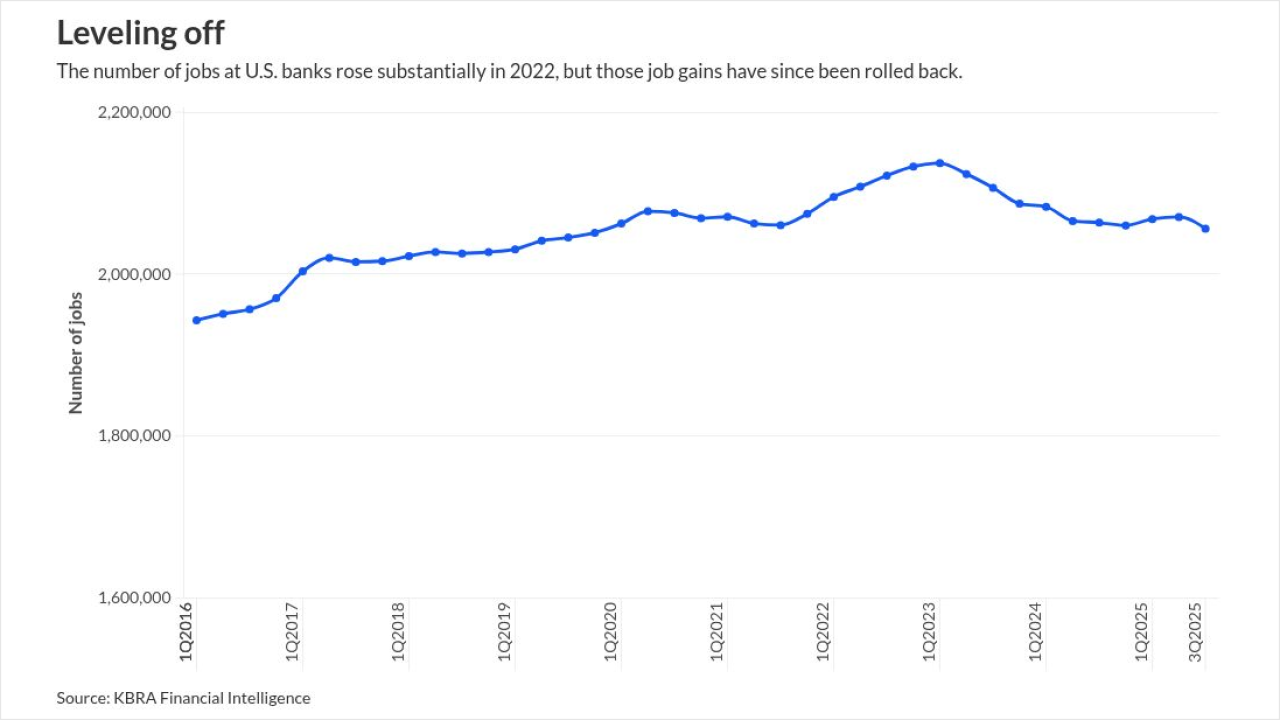Google’s reported plan to offer its own version of the Apple Card is less of a play for credit and more of a play for its mobile users' bank accounts.
The few details that have been made public suggest a focus that's more on personal financial management and e-commerce data than establishing quick access to credit, giving the search giant another way to benefit from its trove of shopping data while avoiding some of the challenges Apple Card faced at launch.
Google has not released details of its pending
Google’s initiative comes as e-commerce use spikes and the overall economy suffers during the coronavirus pandemic. This will create a greater need for digital payments, a demand among merchants for more visibility into shopping trends and consumers who will likely prefer prepaid and debit over accumulating credit card debt. It also follows Apple Card, which launched in 2019. Apple Card relies on Goldman Sachs as its issuing bank.
The credit card, combined with other Apple services, makes Apple Card a distinct threat to both
Google's choice to focus instead on debit and checking means it can reach a wider range of consumers without worrying about having to reject them based on credit scores.

The Google account and card will reportedly have transaction tracking, budgeting, card controls and contactless technology, which doesn’t make it that much different from other general purpose reloadable prepaid cards or checking accounts that anyone can get from a local financial institution or online source. But Google’s core business can add heft that other technology companies can’t approach. Google’s dominance over search dwarfs Amazon, Facebook and Yahoo combined, according to
“What is different about this product — beyond the Google brand — could be what Google does with the data that the sponsoring financial institutions collect from consumers’ activities,” said Sarah Grotta, director of Debit and Alternative Advisory Service at Mercator Advisory Group.
Google launched
The search giant has additionally attached its mobile payment technology to Gmail, Google Maps, transit, incentive marketing and ticketing for travel and entertainment.
In a recent PayThink column, payment consultants
“All the participants, whether the entity hosting the online platform such as Google, Facebook, Amazon, et al., or the participating banks, retailers, billers, etc., benefit by increasing their collective addressable market: scaling digitally beyond their own proprietary mobile apps and walled gardens and extending their services to the edge of each other’s network,” Crone and Leibenguth wrote in their column.
Much like Facebook’s revised Libra cryptocurrency project follows an abandoned prior effort that came when Facebook had less financial services expertise, Google is approaching its second chance debit card following several years of growing the links between search, ads, shopping and card payments.
And by focusing on a debit card and checking account, Google has a path to P2P payments and deeper bank relationships without requiring a complex approval process of a credit card.
“I don’t view this as Google getting into banking. I view this as Google getting into financial services marketing,” said Grotta. “Perhaps that’s enough to make this product a success.”
The debit card could also capture underbanked, a goal of other large technology-driven digital pay ventures like Facebook’s Libra and
Javelin research shows that 37% of underbanked consumers used a mobile wallet to make a purchase in-store in the past 30 days, compared to the average consumer’s usage rate of 15%, and their usage of P2P is much higher than the average consumer — 72% in the past 12 months versus 44%. “In short, they tend to be early adopters of new technology and are largely more mobile than the average consumer. This solves a need for them (more banking access) and supplies it in a form factor they prefer.
“But the potential debit card will appeal to more than just the underbanked. It also will help bridge the gap between traditional payments and P2P apps,” said Rachel Huber, a senior payments analyst at Javelin Strategy & Research. “Consumers use P2P for much more than just paying back friends and family and it’s becoming a more mainstream purchase method.”





